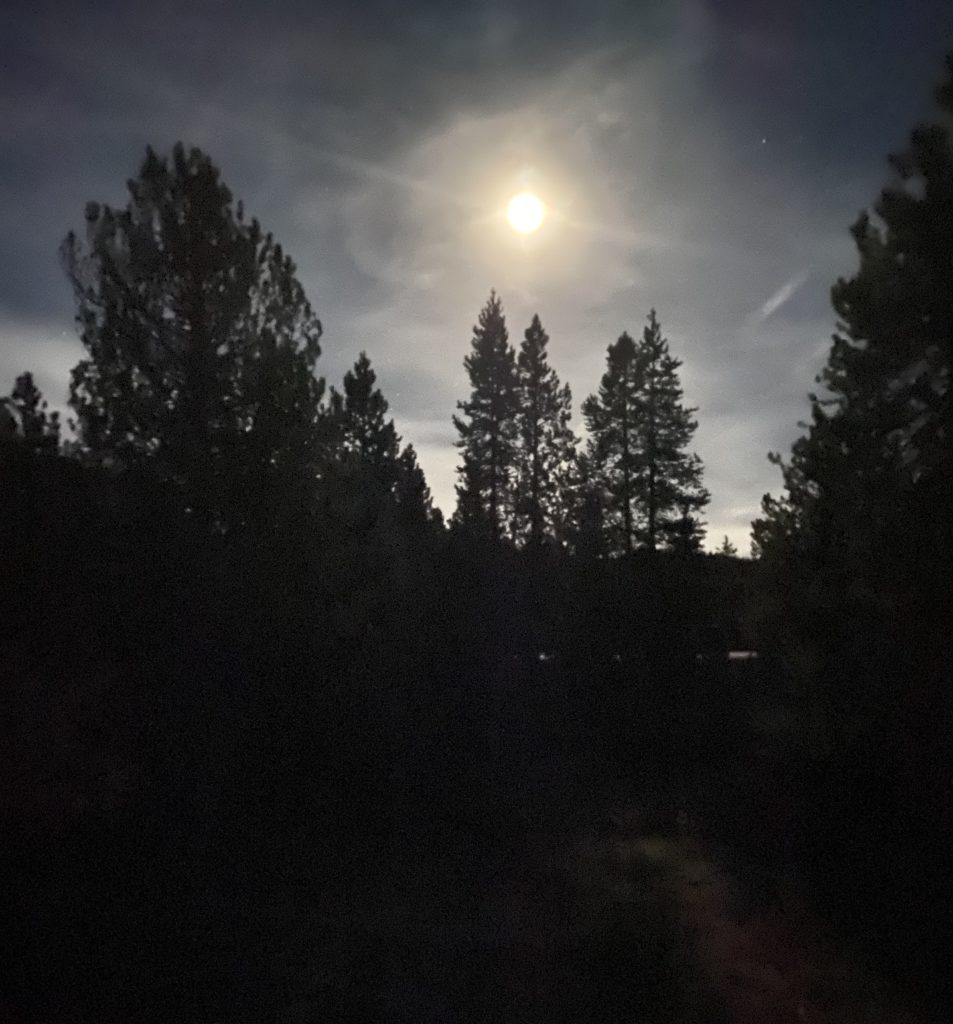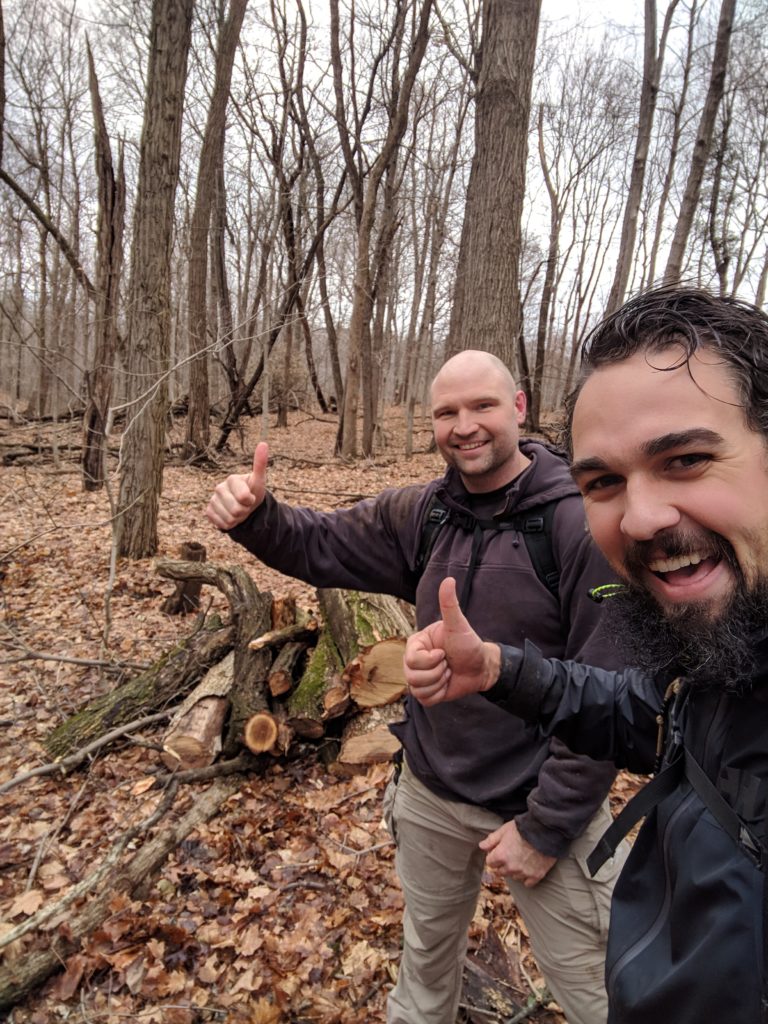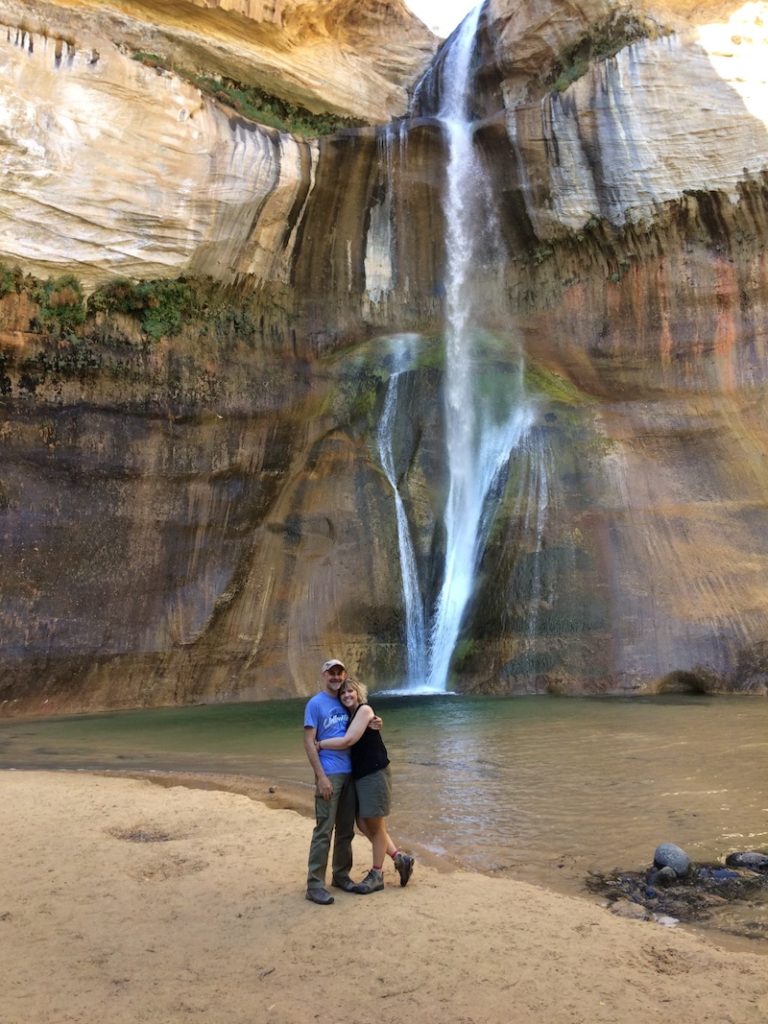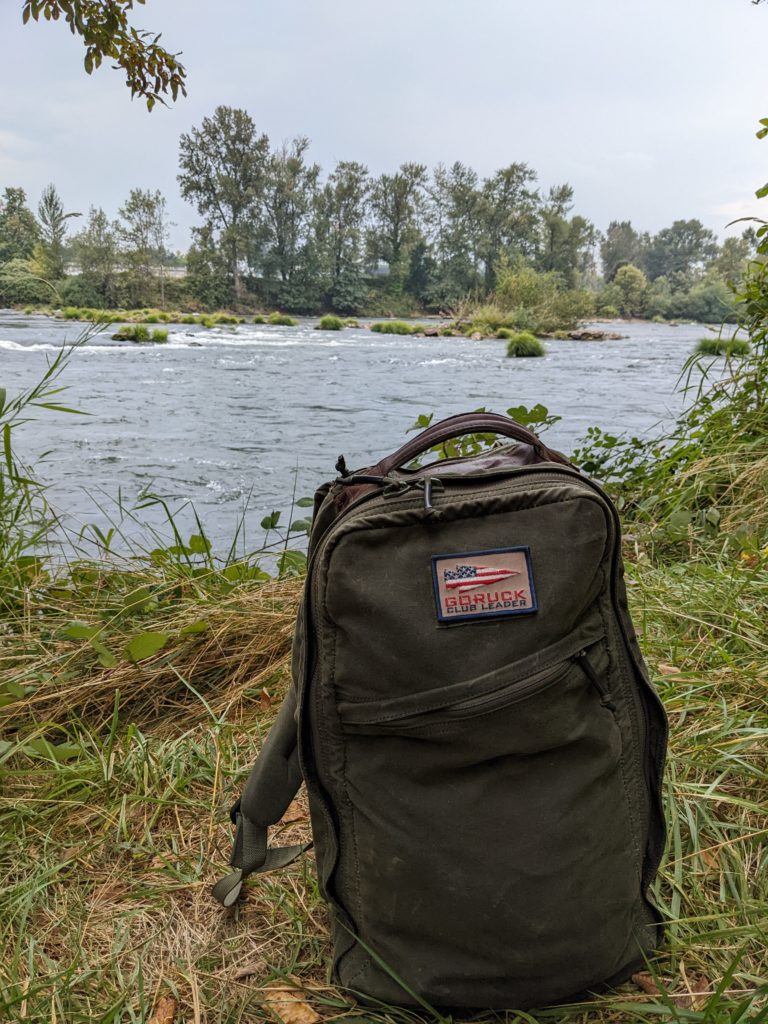November Adventure Challenge: Take a Night Hike

Back in the days before I was an outdoors-person, I landed a job as discovery staff at a camp. Apparently, they were willing to teach people who were interested in educating others everything we needed to know about the outdoors.
The learning curve was steep.
I had to leave behind my preference for the comfort of low places and solid footing so I could take on high ropes and rappelling. I had to overcome my squeamishness about handling reptiles so I could help people of all ages overcome their fear of snakes. And I had to ditch my discomfort with the dark so I could learn to hike at night.
When the time came for night hike training, the other newbies and I met our trainer at the trailhead. Each of us carried a flashlight because—obviously—we’d need something to light the way. Those, our trainer informed us, would not be necessary. Night hiking, it seemed, was not simply a walk in the woods with artificial light. Rather, hiking in the dark is an entirely different way to experience the world—to notice it through the heightened secondary senses and see it through natural night vision.
This month’s adventure challenge is to take a night hike. While you’re out there, take note of what you notice through your other senses as the dominance of sight fades into the background. What do you hear, feel, smell, and maybe even taste that you might otherwise miss?
November, with its early sunsets and temperate weather, is an ideal time to be able to get out on the trail in the dark. Here are a few tips for a successful night hike:
- Take a familiar trail so you know both the way and the terrain—obstacles of all kinds, bridges, divots in the trail, etc.
- Tell someone where you’re going.
- Take someone with you. Share the experience. Kids and less experienced outdoors-folk love this kind of thing.
- Set out while it’s still light so your natural night vision can develop as darkness falls. This takes about 30 – 45 minutes. Setting off at twilight works well.
- Take a light source in case of emergency but—unless it is an actual emergency—do not use it. This includes phones. Artificial light will cause you to lose your night vision and the 30 – 45 minute development process will have to start all over again. (Headlamps are a great option for emergency lighting. Some even come equipped with a red setting that will shed a little light but not destroy your night vision. Alternatively, if you happen to have red cellophane or plastic wrap, you can cover the end of a flashlight with this for the same purpose.)
- Stop occasionally to sense what you can sense. Attend to micro-changes in temperatures, aromas, and sounds.
- Use your peripheral vision. Because of the nature of the human eye, peripheral vision is better at night than our usual habit of looking straight on.
Hope you can join us!
Happy trails ~ Natalie







